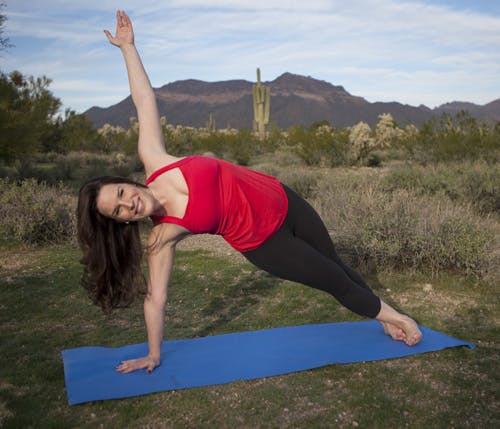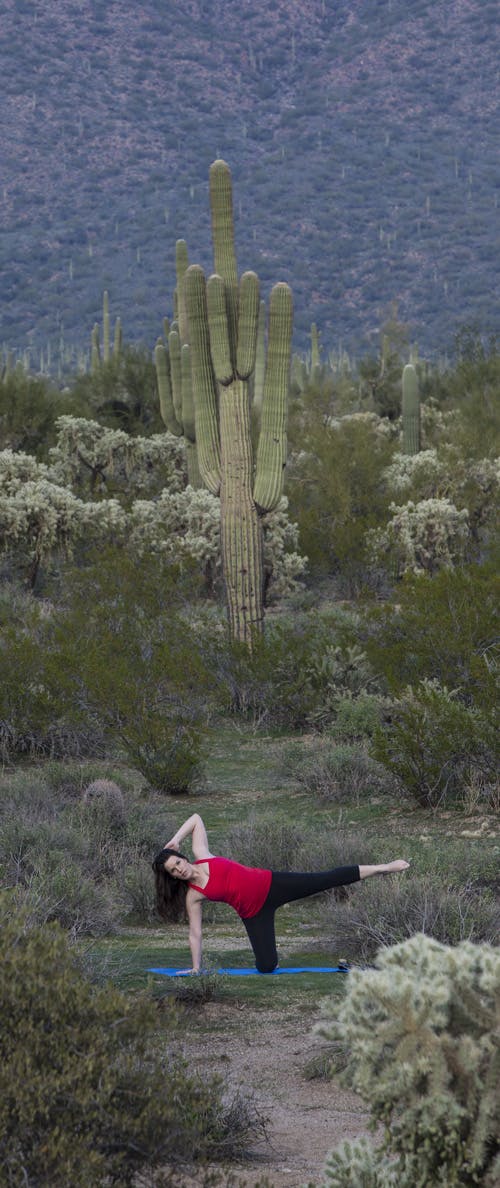
About Pilates

History
The method of Pilates was introduced to the world by Joseph Pilates under the name “Contrology.” Joseph Pilates was born in a small village in Germany in 1883. He was always interested in nature, animals, and discovering how the two related. He used his fascinations to dabble in many varieties of fitness including boxing, body-building, gymnastics, and even yoga. During WWI, he was interred at a camp and began work to rehabilitate injured soldiers. He utilized springs from the beds to create the first versions of his apparatus that we now call the Cadillac. There is a widely held anecdote that during an outbreak of influenza, Pilates’ followers were the only ones not to fall ill.
After the war, Joseph Pilates married Clara and they opened a studio in New York City where their followers learned the foundations of core strength and creating a balanced body. The "gymnasium," as it was called at the time, was located in a space shared with several dance studios and thus the relationship with the dance community was born. Pilates continued to teach his method until his death in 1967. His revolutionary teachings were continued by his wife and several disciples that are now known as the Pilates Elders.
Like most great visionaries, Joseph Pilates never received the recognition that his method deserved during his lifetime; however, we know today that his teachings are now being shared by millions of followers in countries all over the world. At Delta Pilates, we can help you see how the Classical Pilates method can change your life.

Principles
Classical Pilates defines the Pilates principles as centering, control, concentration, flow, breath, and precision. As a student of Pilates, you will be using these principles seamlessly without having to consciously activate them – it will simply become a part of your Pilates practice. For those of you who like to know it all right up front, here is a little information on each of the principles:
Stabilization
In the most basic sense, this principle regards stabilizing the pelvis and working in a neutral position. We always strive to get the pelvis into a stable position and part of your Pilates practice will be to work on finding that balance in an unstable environment, just like real life.
Control
Your Pilates practice thrives on control. Your mastery of control comes from the small details and cues that you will receive from your trainer.
Concentration
It may seem like a no-brainer, but there is actually a lot of mental power needed for your Pilates practice. You have to multi-task by listening to your body, your instructor, and most importantly quieting your mind from the day-to-day things that are always going on in our subconscious.
Flow
In Pilates, we use a continuous flow to work through the Classical System. Our goal is to maximize efficiency of your workout while minimizing downtime and transitions. Remember: Flow doesn’t mean fast, rather it indicates a controlled rhythm that is appropriate for you.
Breath
This is the only Principle that needs no explanation – just keep breathing! As you become more advanced, we will assign specific breath to specific exercises. As Joseph Pilates says, “Above all, learn how to breathe correctly.”
Precision
During your Pilates practice, you will be asked to perform your exercises with accuracy and exactness. We all can benefit from a trained instructor lending us their cues, but it is up to the practitioner to put those cues to work. The beauty is in the breakdown.